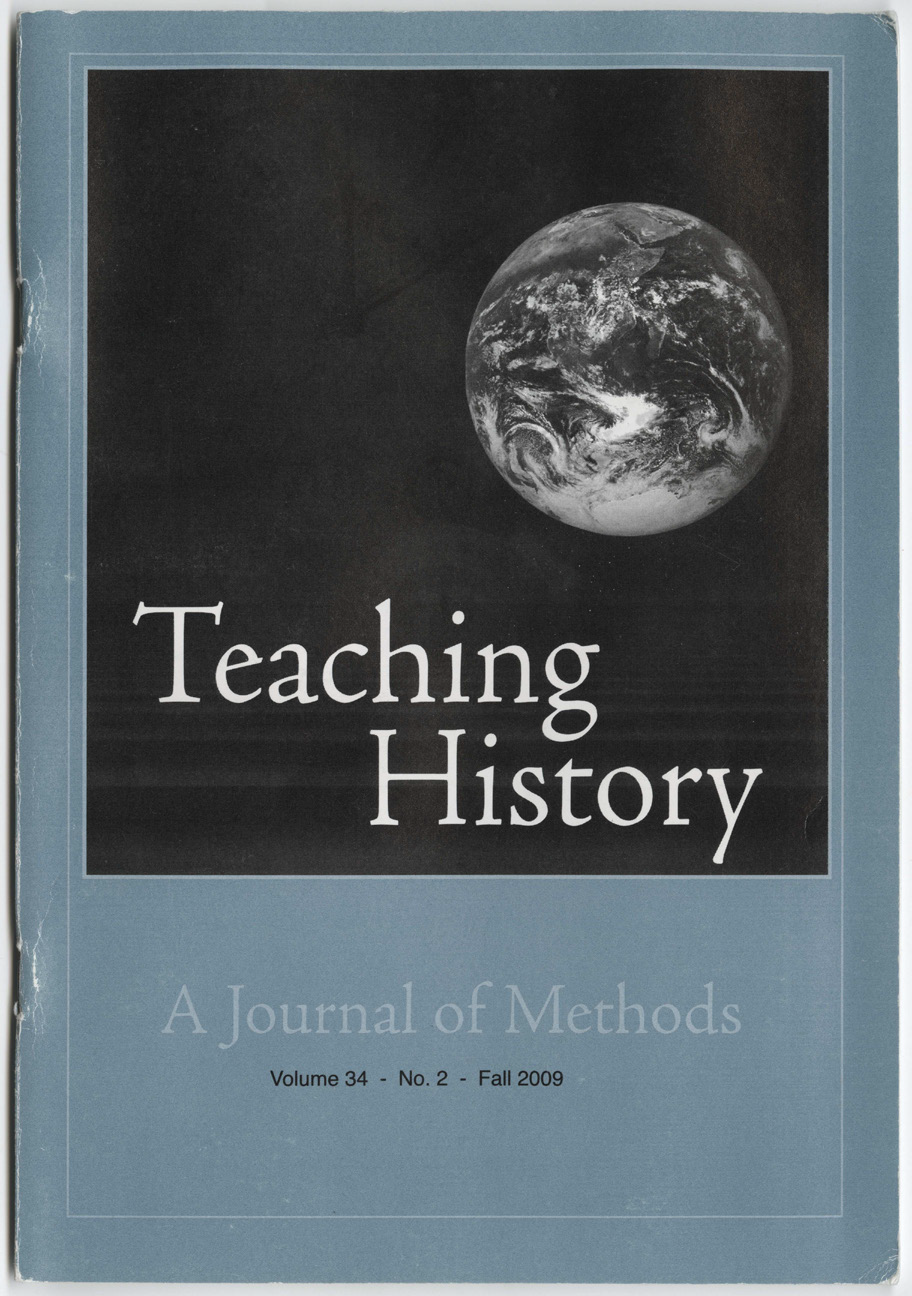Perspectives On The "New Immigrants," 1903-1911
DOI:
https://doi.org/10.33043/TH.34.2.91-96Abstract
On November 4, 1911, William Williams, Commissioner of lmmigration at Ellis Island, penned a brief note in which he added some "finishing touches" to his annual report. In spite of his editing, however, Williams's report resulted in a protest from residents of New York's Lower East Side. They informed President William Howard Taft that Williams had referred to them as "ignorant" and of "filthy habits." Public officials, they argued, ought not to be allowed to issue "libelous charge[s]." Although the controversy diminished quickly, the debate between Williams and the Lower East Side's Citizens' Committee of Orchard, Rivington, and East Houston Streets, offers us a window into competing early twentieth-century views of immigration and urban life.
Between 1820 and 1880, nearly nine million immigrants arrived in the United States, the great majority from Germany, Scandinavia, England, Scotland, and Ireland. Beginning as early as the 1880s, immigrants increasingly arrived from southern and eastern Europe. Just under 55,000 Italians, for example, immigrated from 1871 to 1880. For the years 1881-1890, the number jumped to just over 300,000. Similar trends were also evident for Russians, Greeks, and groups from the Austro-Hungarian Empire. These "new" immigrants spoke a wide variety of languages and many of them were Catholic or Jewish rather than Protestant.
Downloads
Downloads
Published
How to Cite
Issue
Section
License
Copyright (c) 2009 Michael Hussey

This work is licensed under a Creative Commons Attribution-NonCommercial-NoDerivatives 4.0 International License.
By submitting to Teaching History, the author(s) agree to the terms of the Author Agreement. All authors retain copyrights associated with their article or review contributions. Beginning in 2019, all authors agree to make such contributions available under a Creative Commons Attribution-NonCommercial-NoDerivatives 4.0 International license upon publication.



